With calving in full swing on spring-calving farms, now is a good time to take stock of the calving facilities on the farm, with a view to addressing any shortfalls for next year.
The majority of dairy herds in Ireland have grown in size over the last number of years and while milking facilities and housing are the obvious infrastructural items to deal with, calving pens and calf housing can often be left on the long finger.
Calving facilities are essentially all about numbers. The more cows on the farm, the greater the shed space that is needed for calving cows.
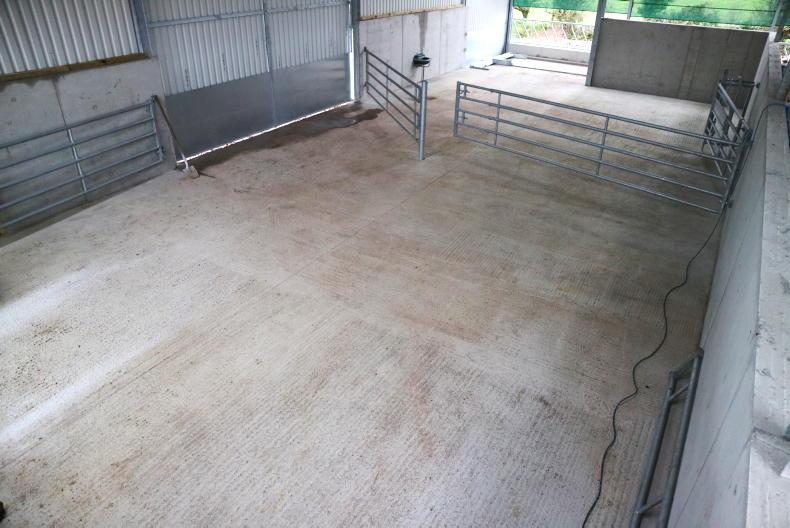
A new calving shed on a Kilkenny farm.
There are two options here – an open plan communal calving area or individual calving pens.
There are pros and cons to each. The advantages of the communal maternity ward is that they tend to be less demanding on labour compared to individual pens.
Cows can be put into the communal calving area at any time before calving. Some farmers will do a daily draft of springing cows and move the ones that look closest to calving into the calving area.
This is more difficult to do in an individual pen scenario, as some of these cows may not calve for one or two days, and so are taking up a space that could be required by a cow that is about to calve.
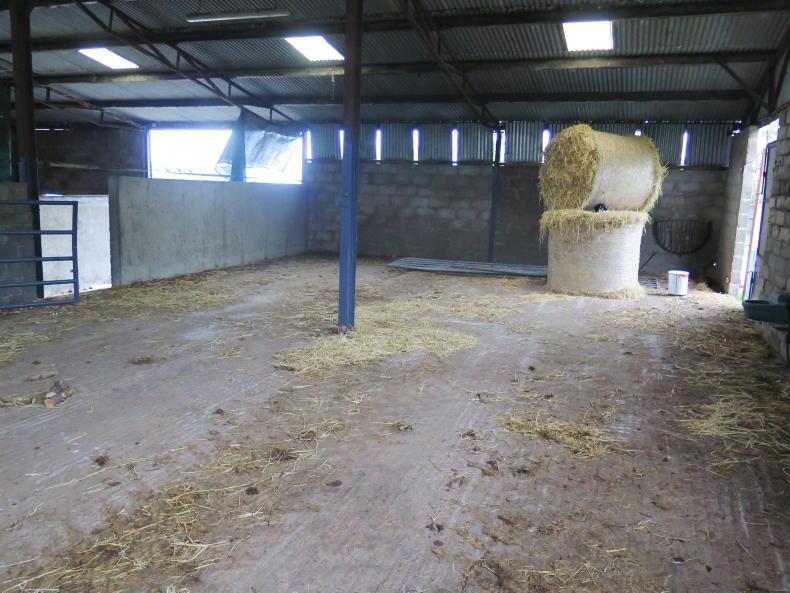
It's very important that calving the calving shed can be easily cleaned out.
The second advantage of the communal area is that the cows can be fed together in a dedicated feeding area, whereas individual pens usually require manual feeding of cows.
At this point, the communal calving area is looking like a better option, but the big drawback of the communal area is that mis-mothering can be more of an issue – the wrong dam can be attributed to a calf and the young calf can come in contact with other cows, which may be a factor in the spread of disease such as Johne’s.
However, a lot of the benefits of individual pens in terms of disease prevention are only realised if sheds are cleaned out after each calving, which isn’t always practical.
It sounds counter-intuitive, but individual pens can sometimes be better suited to large farms where extra labour is available and where just-in-time calf delivery can be practised. This is where someone is always keeping watch of pregnant cows and as soon as a cow is showing signs of calving, she can be moved to an individual pen.
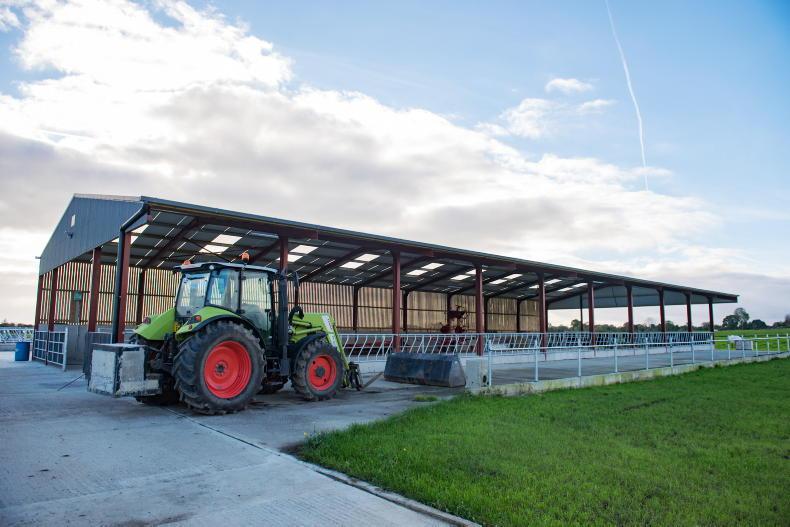
A new calving shed on a large farm in Westmeath.
The use of individual pens where labour is limited can add greatly to the workload, due to the need to watch cows closely so as few as possible calve in the cubicle shed.
Of course, there is nothing stopping farmers from building extra individual pens to cater for greater numbers of cows. The downside of this is that individual pens are more expensive to construct compared to a large open pen.
Numbers
Effectively, calving is a numbers game and any calving facility should be designed to handle peak calving. It’s a bit like a milk processor investing in stainless steel to process the peak milk supply – it won’t all be used all of the time, but you must be able to handle the peak, as well as any future expansion.
We know the fertility target is to calve 90% of the herd in six weeks. This is not linear, however, and is very much skewed towards the start of the calving season, where upwards of 50% of the herd should be calving in a 14- to 18-day period.
Of course, it all depends on how fertile the cows are and how many first-calving heifers are frontloaded into the calving season.
Cows should be moved to the calving area at least two days before calving
Let’s say 50% of the herd calves in 16 days – this is just over 3% of the herd calving per day in that 16-day period. Of course, there will likely be days where no cows calve and there could be days where 6% or more of the herd calves.
In my view, cows should be moved to the calving area at least two days before calving. This will ensure that the cow is settled into her new surroundings before calving and it will help to prevent surprise packages in the cubicle area, although it’s inevitable that you will sometimes be caught unaware and a cow will calve unexpectedly.
As suitable bedding materials are set to become harder to source, the option is there to integrate a cubicle area into the calving area
This means that a calving shed should be able to cater for upwards of 6% of the herd at any one time. So, if you have 100 cows, there should be six individual pens or a communal area capable of holding at least six cows.
As suitable bedding materials are set to become harder to source, the option is there to integrate a cubicle area into the calving area. This means that close-up cows are drafted into the cubicle area first.
This cubicle area might be large enough for 15% or 20% of the herd and as cows start showing signs of calving (pins bones relaxing, etc), they are moved to the bedded area adjacent to the cubicles.
The advantage of this setup is that only a small number of cows in cubicles will need to be checked on throughout the day, as opposed to checking all of the dry cows.
Key features – communal area
A slatted feed area will greatly reduce the amount of cleaning required and will mean much longer time can be got from the bedding material. There should be a division between the feed area and the bedded area so cows can be locked into either area for separating calved cows when it comes to milking time. A smaller opening between the two area will prevent straw from being dragged into the feed area. Fresh, clean water should be provided at all times. A tip-over trough or something similar will ensure the water trough can be easily cleaned. At least one individual pen should be included with a calving gate so that a cow can be easily restrained and handled. A man-pass should be positioned to allow quick escape in the event that a cow gets agitated.A whiteboard or blackboard can be used to record what cows have calved – very useful for when there is more than one person working on the farm. There should be a good slope in the floor and run-off should be directed towards the slatted feed area or some other storage tank.Allow approximately 10m2 per cow of lying space. Make sure doors are large enough for a tractor/loader to clean out the shed quickly and easily. The area should be draught-free and protected from wind and rain while still allowing adequate ventilation.
Moving cows to the individual pen from the cubicle area should be as seamless as possible and, ideally, a one-person task. A man-pass should be positioned to allow a quick escape in the event that a cow gets agitated. There should be some mechanism on the man-pass to prevent the calf from leaving the pen. Individual pens should be able to be cleaned out quickly and easily using a tractor/loader. Ideally, the tractor should have independent access to each pen, meaning they can be cleaned out individually. Fresh, clean water and silage should be provided for each individual pen. Each pen should have access to a calving gate. There are two types of calving facilities – communal or group calving and individual pens.Individual pens tend to require closer observation of cows pre-calving, whereas group calving areas can cater for larger numbers at a lower cost.About 6% of the herd should be able to be housed in the calving area at any one time. A new calving facility does not need to be a new building. Many existing buildings can be re-purposed to be used as calving facilities, including slatted sheds. Some farmers use outdoor pads for calving using woodchip.
With calving in full swing on spring-calving farms, now is a good time to take stock of the calving facilities on the farm, with a view to addressing any shortfalls for next year.
The majority of dairy herds in Ireland have grown in size over the last number of years and while milking facilities and housing are the obvious infrastructural items to deal with, calving pens and calf housing can often be left on the long finger.
Calving facilities are essentially all about numbers. The more cows on the farm, the greater the shed space that is needed for calving cows.

A new calving shed on a Kilkenny farm.
There are two options here – an open plan communal calving area or individual calving pens.
There are pros and cons to each. The advantages of the communal maternity ward is that they tend to be less demanding on labour compared to individual pens.
Cows can be put into the communal calving area at any time before calving. Some farmers will do a daily draft of springing cows and move the ones that look closest to calving into the calving area.
This is more difficult to do in an individual pen scenario, as some of these cows may not calve for one or two days, and so are taking up a space that could be required by a cow that is about to calve.

It's very important that calving the calving shed can be easily cleaned out.
The second advantage of the communal area is that the cows can be fed together in a dedicated feeding area, whereas individual pens usually require manual feeding of cows.
At this point, the communal calving area is looking like a better option, but the big drawback of the communal area is that mis-mothering can be more of an issue – the wrong dam can be attributed to a calf and the young calf can come in contact with other cows, which may be a factor in the spread of disease such as Johne’s.
However, a lot of the benefits of individual pens in terms of disease prevention are only realised if sheds are cleaned out after each calving, which isn’t always practical.
It sounds counter-intuitive, but individual pens can sometimes be better suited to large farms where extra labour is available and where just-in-time calf delivery can be practised. This is where someone is always keeping watch of pregnant cows and as soon as a cow is showing signs of calving, she can be moved to an individual pen.

A new calving shed on a large farm in Westmeath.
The use of individual pens where labour is limited can add greatly to the workload, due to the need to watch cows closely so as few as possible calve in the cubicle shed.
Of course, there is nothing stopping farmers from building extra individual pens to cater for greater numbers of cows. The downside of this is that individual pens are more expensive to construct compared to a large open pen.
Numbers
Effectively, calving is a numbers game and any calving facility should be designed to handle peak calving. It’s a bit like a milk processor investing in stainless steel to process the peak milk supply – it won’t all be used all of the time, but you must be able to handle the peak, as well as any future expansion.
We know the fertility target is to calve 90% of the herd in six weeks. This is not linear, however, and is very much skewed towards the start of the calving season, where upwards of 50% of the herd should be calving in a 14- to 18-day period.
Of course, it all depends on how fertile the cows are and how many first-calving heifers are frontloaded into the calving season.
Cows should be moved to the calving area at least two days before calving
Let’s say 50% of the herd calves in 16 days – this is just over 3% of the herd calving per day in that 16-day period. Of course, there will likely be days where no cows calve and there could be days where 6% or more of the herd calves.
In my view, cows should be moved to the calving area at least two days before calving. This will ensure that the cow is settled into her new surroundings before calving and it will help to prevent surprise packages in the cubicle area, although it’s inevitable that you will sometimes be caught unaware and a cow will calve unexpectedly.
As suitable bedding materials are set to become harder to source, the option is there to integrate a cubicle area into the calving area
This means that a calving shed should be able to cater for upwards of 6% of the herd at any one time. So, if you have 100 cows, there should be six individual pens or a communal area capable of holding at least six cows.
As suitable bedding materials are set to become harder to source, the option is there to integrate a cubicle area into the calving area. This means that close-up cows are drafted into the cubicle area first.
This cubicle area might be large enough for 15% or 20% of the herd and as cows start showing signs of calving (pins bones relaxing, etc), they are moved to the bedded area adjacent to the cubicles.
The advantage of this setup is that only a small number of cows in cubicles will need to be checked on throughout the day, as opposed to checking all of the dry cows.
Key features – communal area
A slatted feed area will greatly reduce the amount of cleaning required and will mean much longer time can be got from the bedding material. There should be a division between the feed area and the bedded area so cows can be locked into either area for separating calved cows when it comes to milking time. A smaller opening between the two area will prevent straw from being dragged into the feed area. Fresh, clean water should be provided at all times. A tip-over trough or something similar will ensure the water trough can be easily cleaned. At least one individual pen should be included with a calving gate so that a cow can be easily restrained and handled. A man-pass should be positioned to allow quick escape in the event that a cow gets agitated.A whiteboard or blackboard can be used to record what cows have calved – very useful for when there is more than one person working on the farm. There should be a good slope in the floor and run-off should be directed towards the slatted feed area or some other storage tank.Allow approximately 10m2 per cow of lying space. Make sure doors are large enough for a tractor/loader to clean out the shed quickly and easily. The area should be draught-free and protected from wind and rain while still allowing adequate ventilation.
Moving cows to the individual pen from the cubicle area should be as seamless as possible and, ideally, a one-person task. A man-pass should be positioned to allow a quick escape in the event that a cow gets agitated. There should be some mechanism on the man-pass to prevent the calf from leaving the pen. Individual pens should be able to be cleaned out quickly and easily using a tractor/loader. Ideally, the tractor should have independent access to each pen, meaning they can be cleaned out individually. Fresh, clean water and silage should be provided for each individual pen. Each pen should have access to a calving gate. There are two types of calving facilities – communal or group calving and individual pens.Individual pens tend to require closer observation of cows pre-calving, whereas group calving areas can cater for larger numbers at a lower cost.About 6% of the herd should be able to be housed in the calving area at any one time. A new calving facility does not need to be a new building. Many existing buildings can be re-purposed to be used as calving facilities, including slatted sheds. Some farmers use outdoor pads for calving using woodchip. 








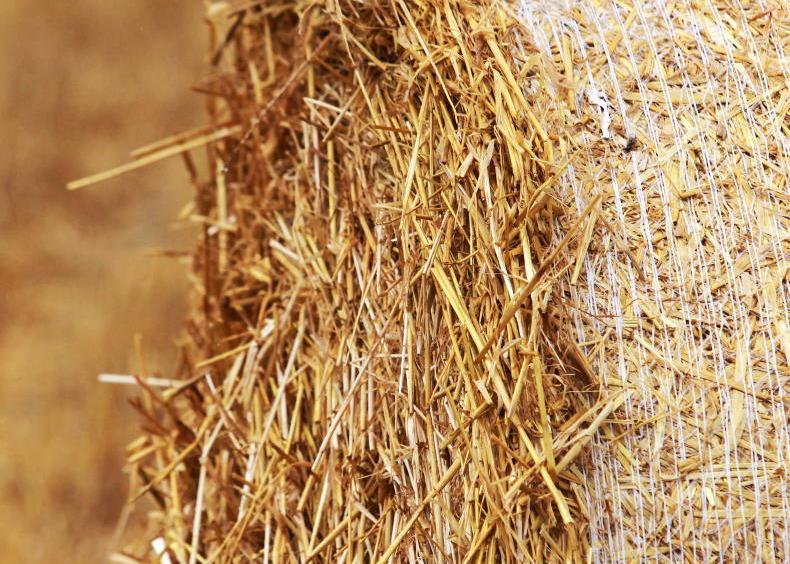
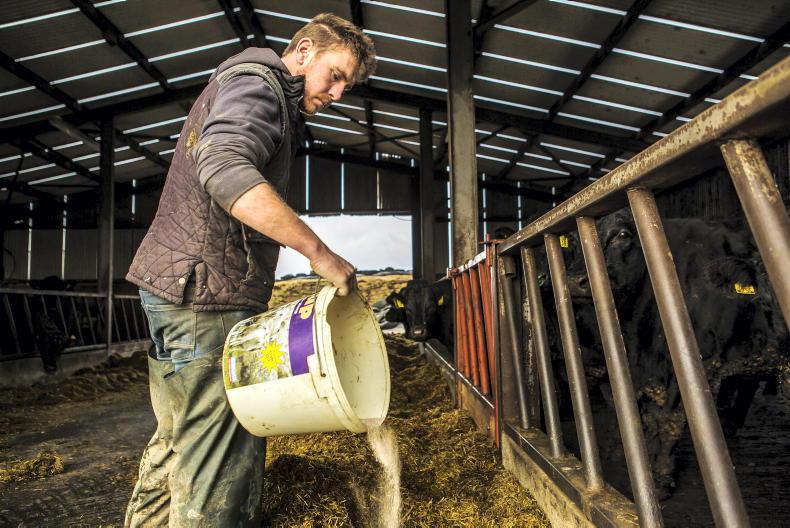

SHARING OPTIONS